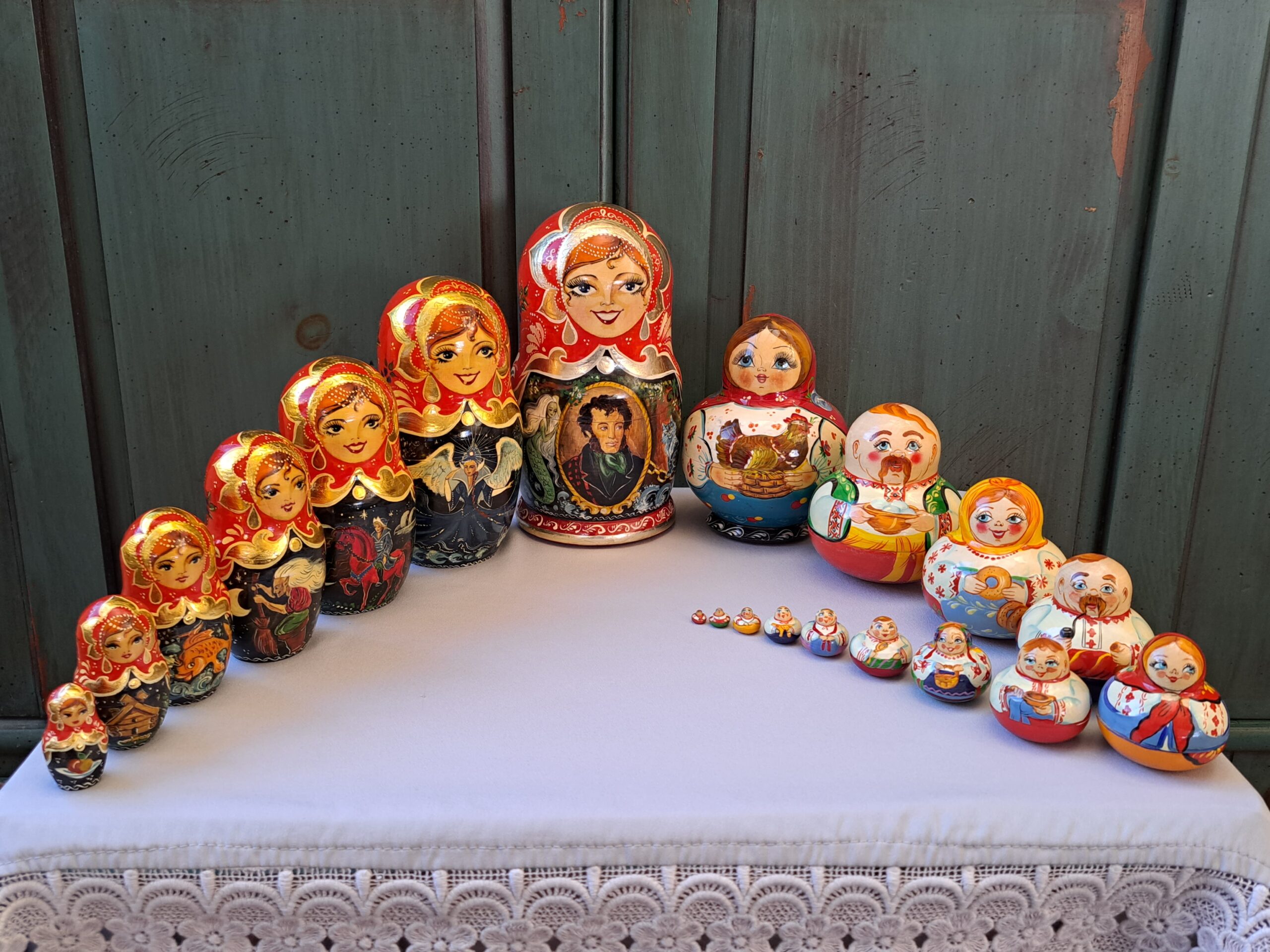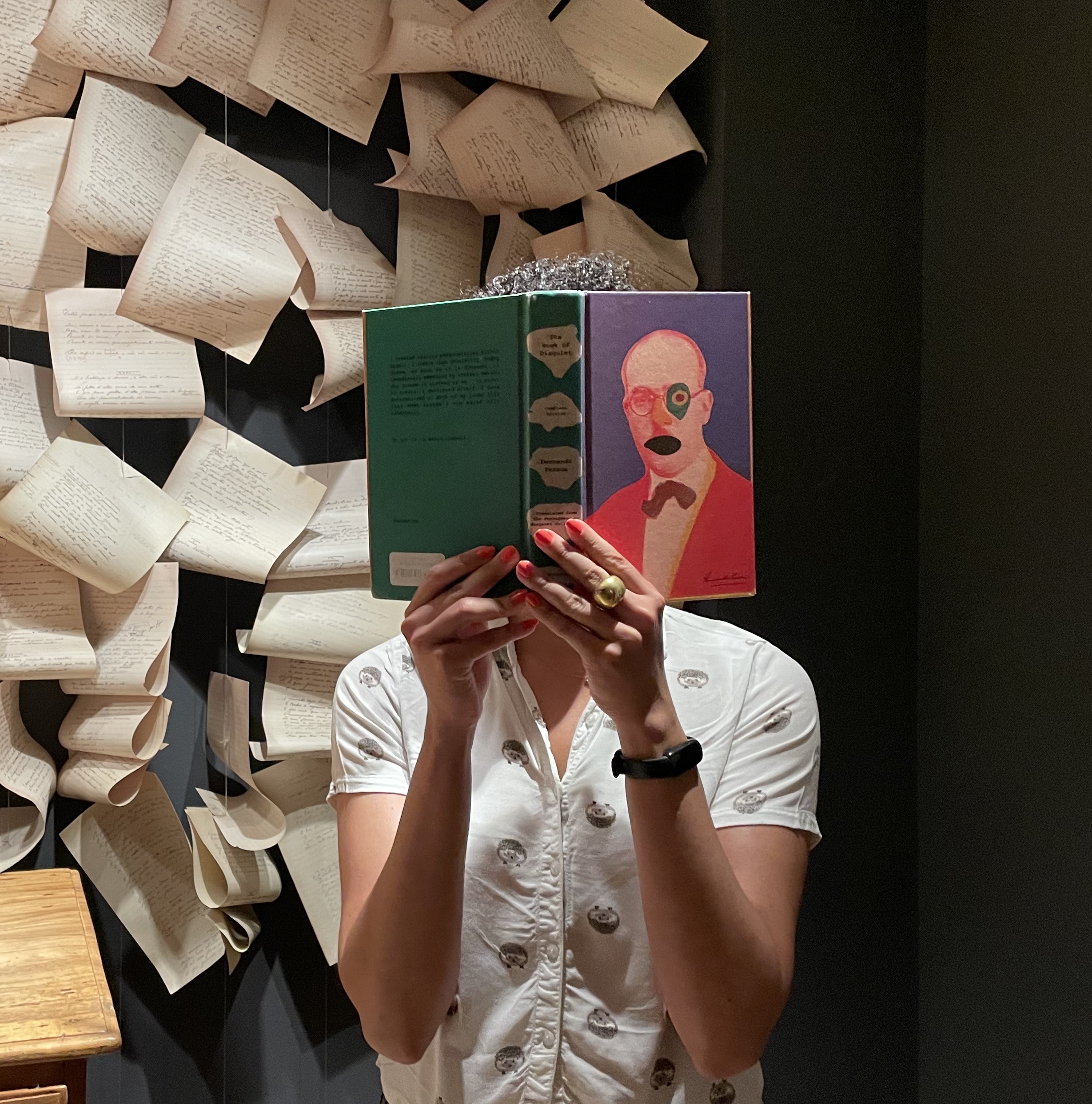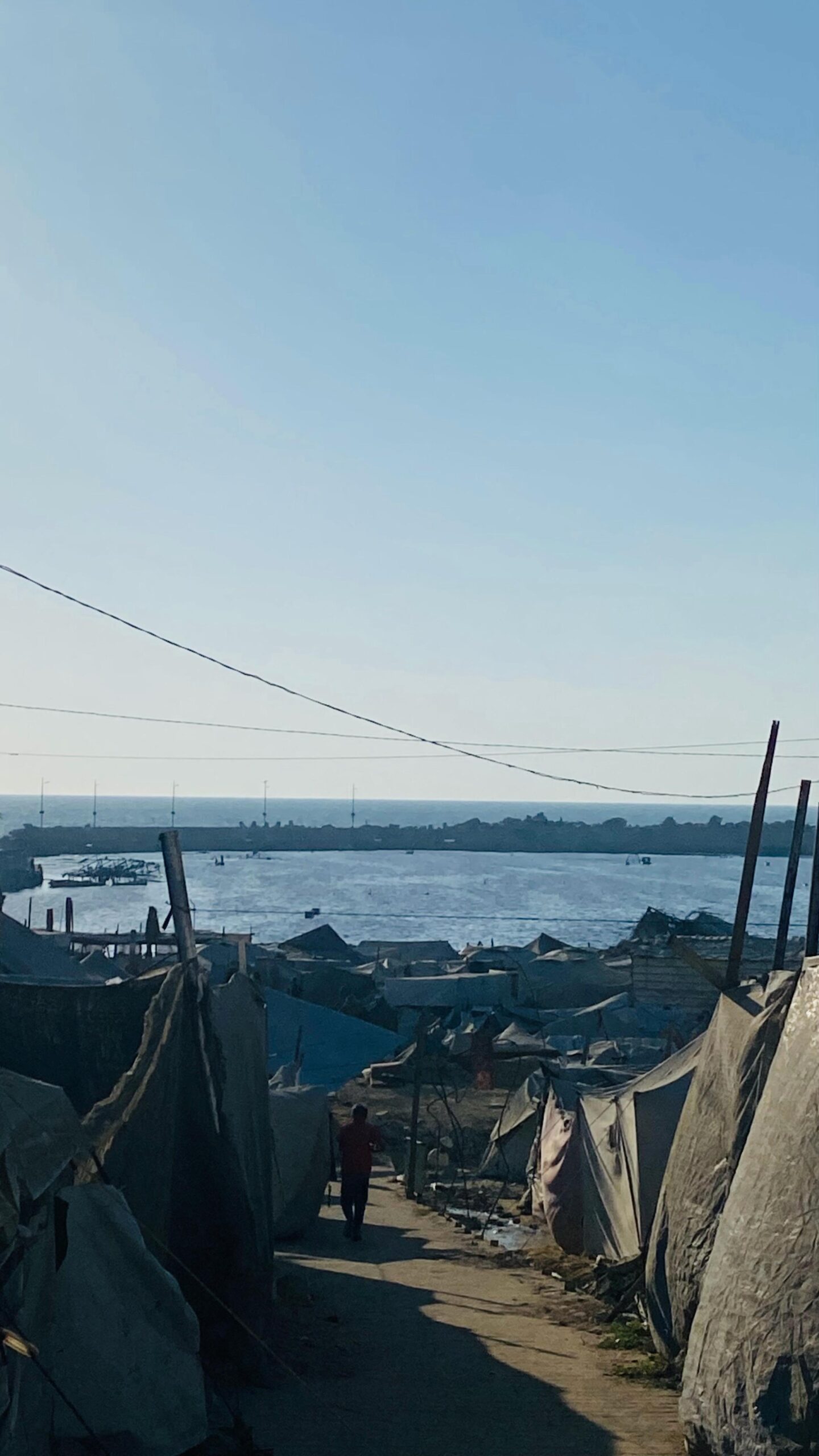By DIANE THIEL
When I started out, it was mostly about the adventure,
following Ivan and the firebird, heading into history
across the Black Sea, climbing the Odessa steps
through the resistance, then the suppression
which fed yet another resistance, following
Pushkin through the tangle of fairy tales
and into the catacombs, thinking I knew
something about where I was headed,
the mind that kind of puzzle box.
Inside any story is always a new
layer waiting to be uncovered.
Once we open it, we find another inside.
As a child, I called them nesting dolls.
Sometimes they could all disappear
one into another, like secrets,
but they could also be opened, one
by one, until I would get to
the story at the center,
a seed so small it was
easy to lose, the one
that started it all.
Diane Thiel’s twelfth book, Questions from Outer Space, appeared from Red Hen Press in 2022. Her work is anthologized widely, most recently in Best American Poetry 2023. A Regents’ Professor at UNM, she has received PEN, NEA, and Fulbright Awards. She has traveled the world with her young family. Visit DianeThiel.net.




